Line Charts Are Best Suited For Representing Data That Follows Some Nonsequential Order.
Line charts are best suited for representing data that follows some nonsequential order.. Line charts are among the most frequently used chart types. Right-click the legend and choose Select Data in the context menu. Continuous Dates Showing a change over time for a measure is one of the fundamental categories of visualizations.
Line graphs can also be used to compare changes over the same period of time for more than one group. 2 Use line charts when you have too many data points to plot and the use of column or bar chart clutters the chart. The PMT function calculates the payment required in each period to pay back the loan.
Use lines when you have a continuous data set. It can also be used to compare two different variables over time. The value is presented by an anchor on the axis.
Its the process of plotting a polygon. Line charts are best suited for representing data that follows some nonsequential order. There are many options for exploring change over time including line charts slope charts and highlight tables.
First large sets of data are better visualized via line graphs since line graphs are good in showing trends and bar graphs in this case just look overcomplicated. Second bar graphs emphasize the magnitude of changes so they are an excellent way to. Interest is the amount of money being loaned.
Line charts are best suited for representing data that follows some nonsequential order. The following charts work especially well for representing the discrete data. Hi Arpaporn To change the text in the chart legend do the following.
When to use a line chart 1 Use line charts when you want to showfocus on data trends uptrend downtrend short term trend sideways trend long term especially long term trends ie. The line chart or line graph connects several distinct data points presenting them as one continuous evolution.
We truly hope this overview will help you decide which charts are best suited for your data and get a.
This data point is connected with the axis by a line. Second bar graphs emphasize the magnitude of changes so they are an excellent way to. Continuous Dates Showing a change over time for a measure is one of the fundamental categories of visualizations. A line graph also known as a line chart is a type of chart used to visualize the value of something over time. Line graphs can also be used to compare changes over the same period of time for more than one group. When smaller changes exist line graphs are better to use than bar graphs. The line chart or line graph connects several distinct data points presenting them as one continuous evolution. Line graphs are used to track changes over short and long periods of time. The line graph consists of a horizontal x-axis and a vertical y-axis.
When to use a line chart 1 Use line charts when you want to showfocus on data trends uptrend downtrend short term trend sideways trend long term especially long term trends ie. A line graph also known as a line chart is a type of chart used to visualize the value of something over time. Line charts are best suited for representing data that follows some nonsequential order. This is done most often to measure the long term progression of sales or any other empirical statistic important to businesses or organizations. Changes over several months or years between the values of the data series. Line graphs can also be used to compare changes over the same period of time for more than one group. When to use a line chart 1 Use line charts when you want to showfocus on data trends uptrend downtrend short term trend sideways trend long term especially long term trends ie.















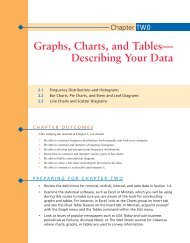
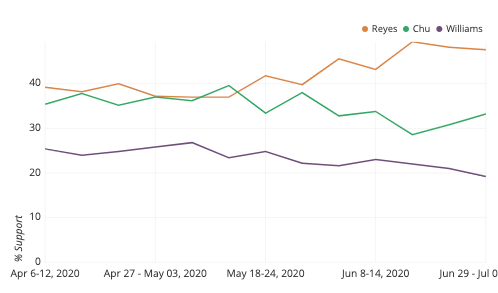
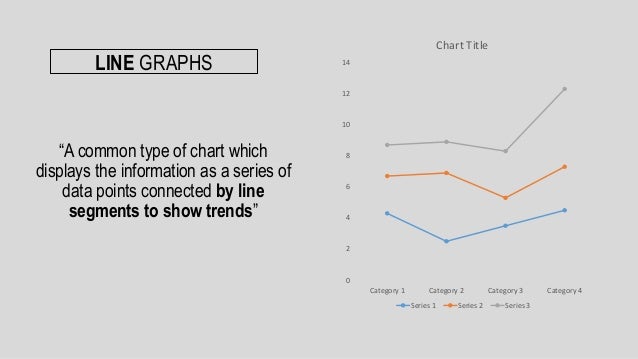
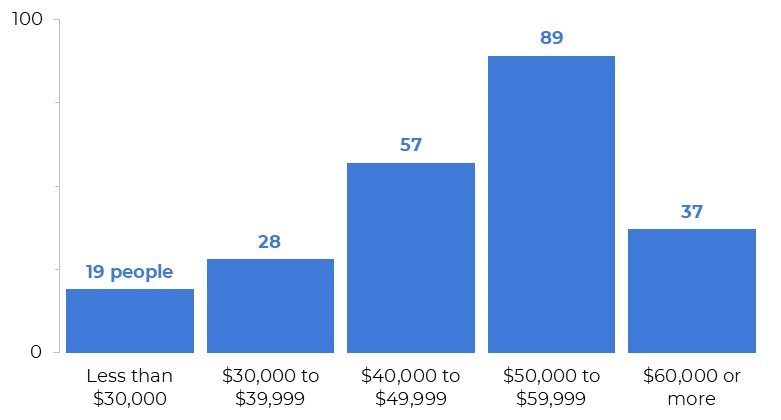


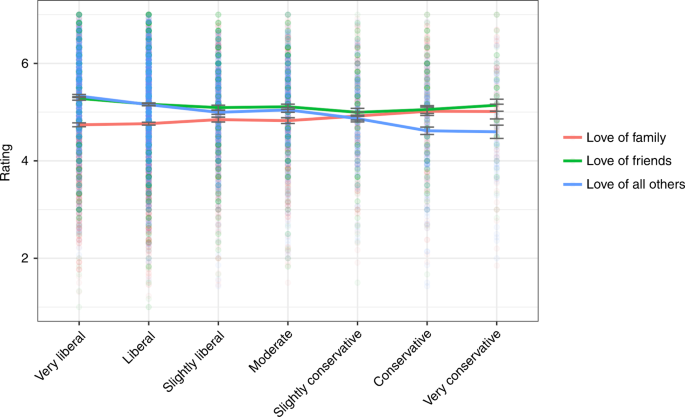
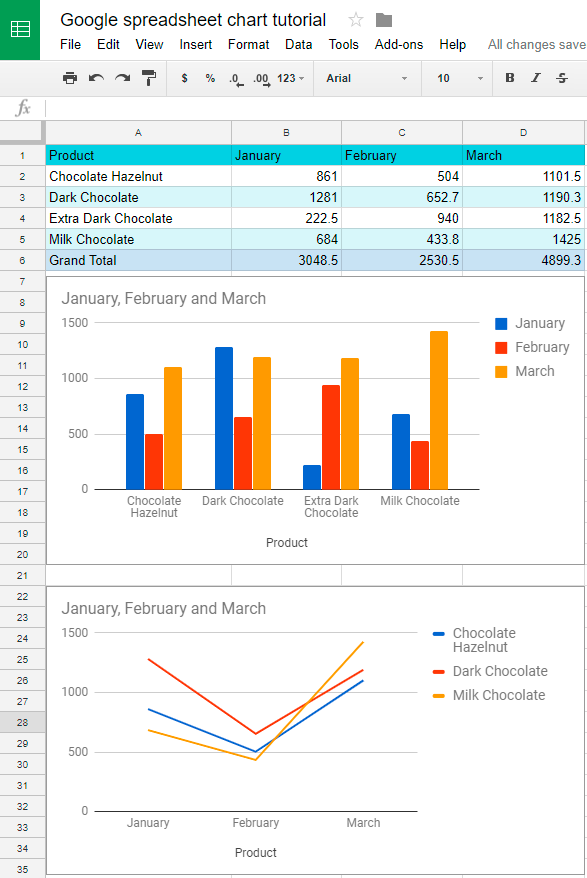
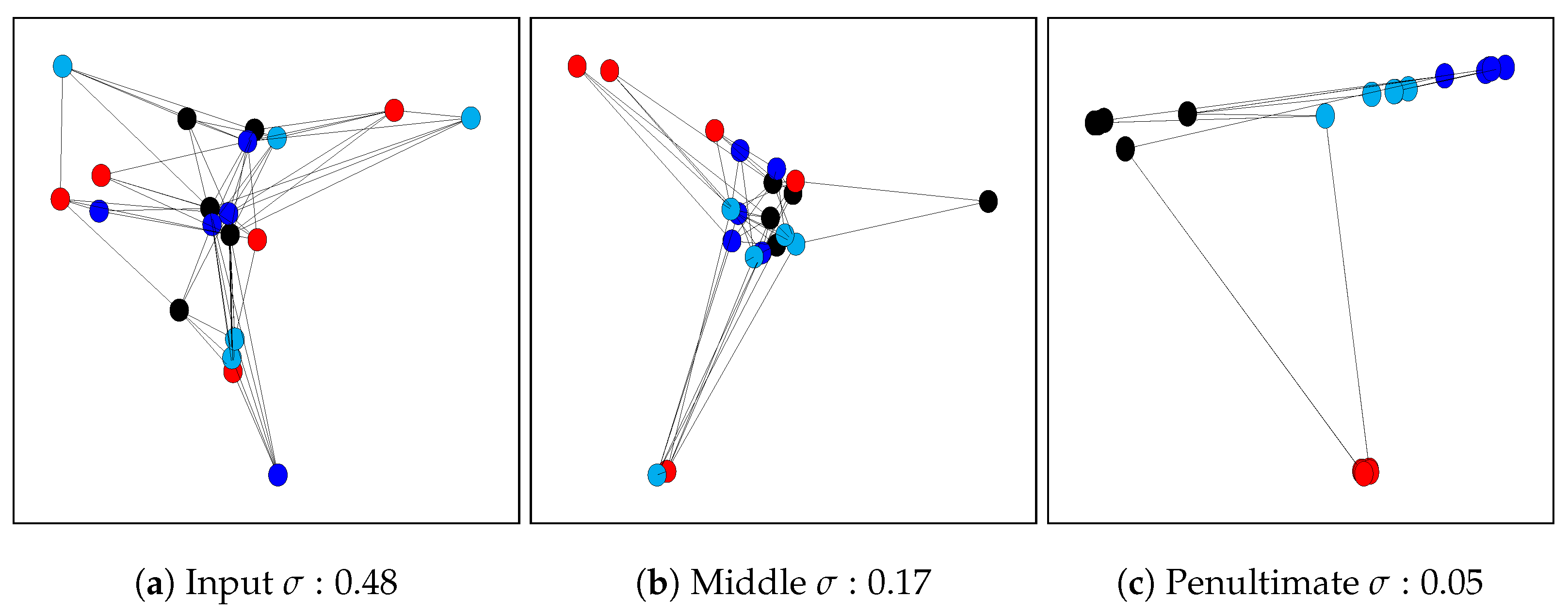

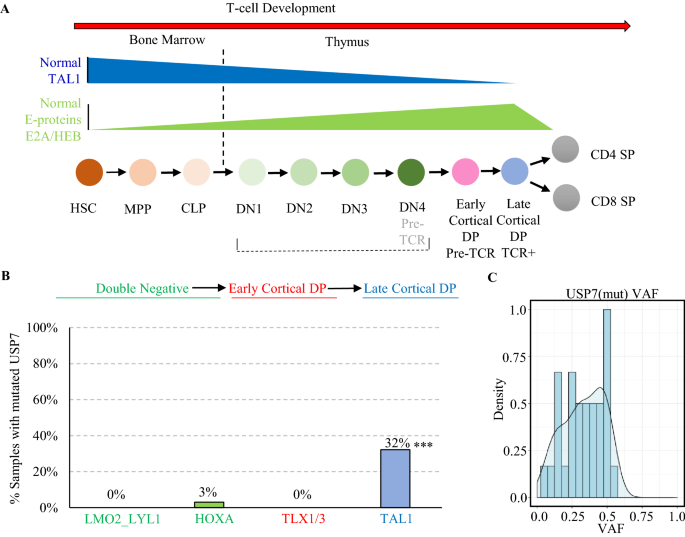

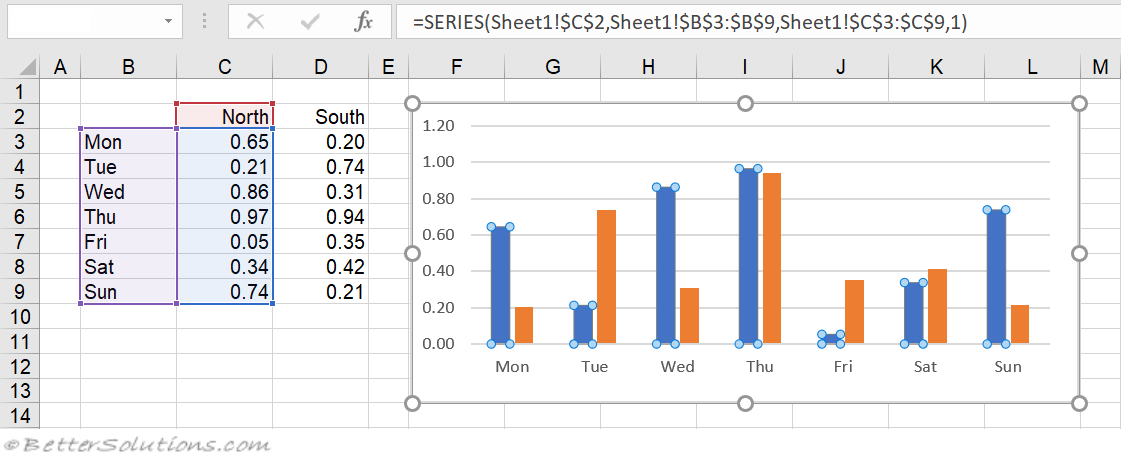
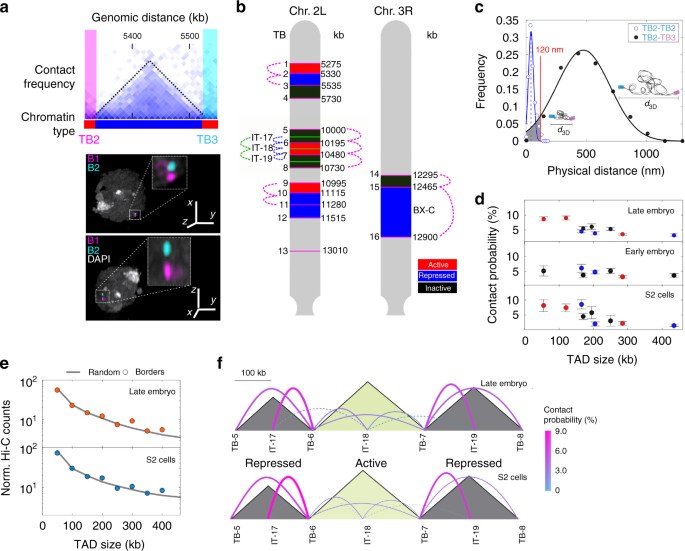


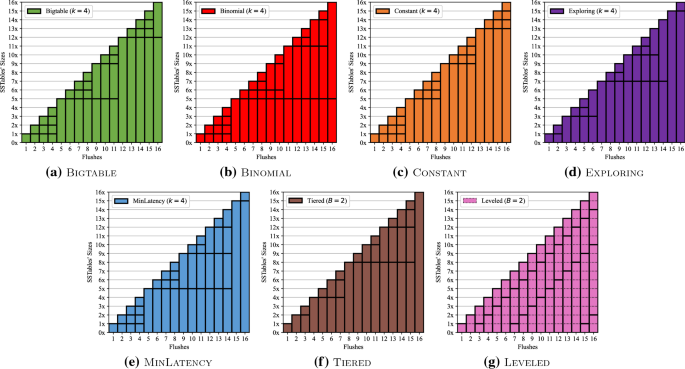
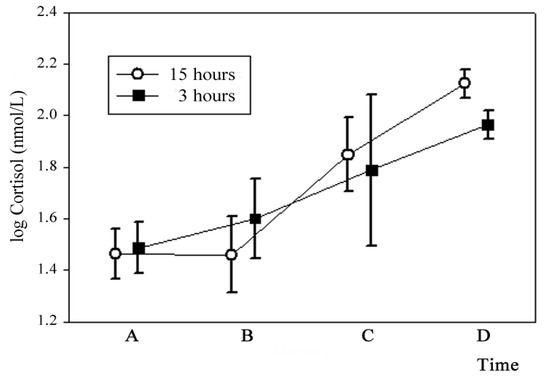

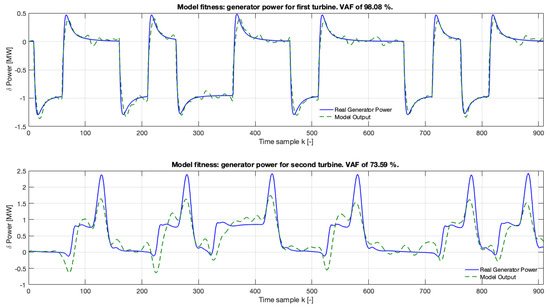
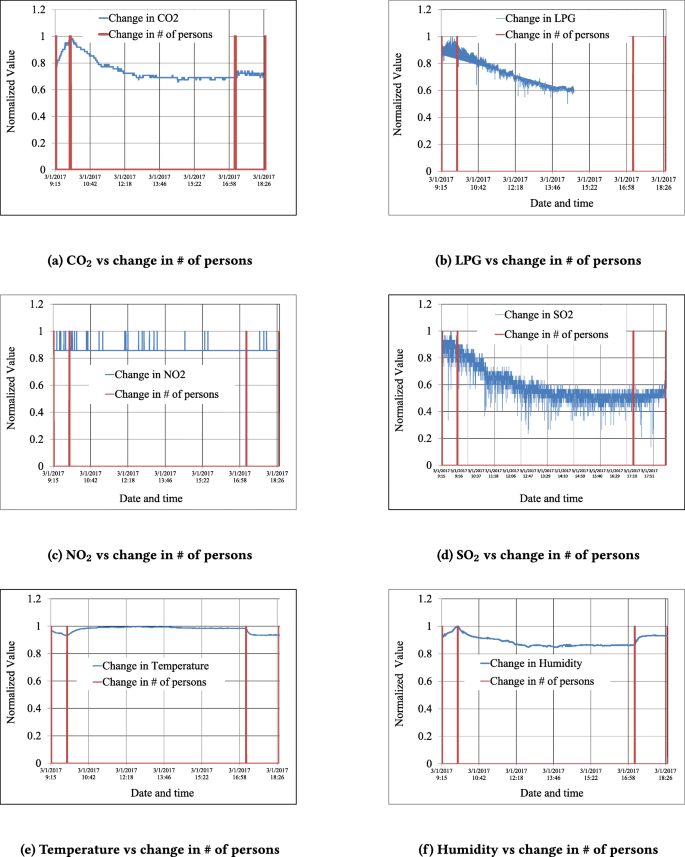
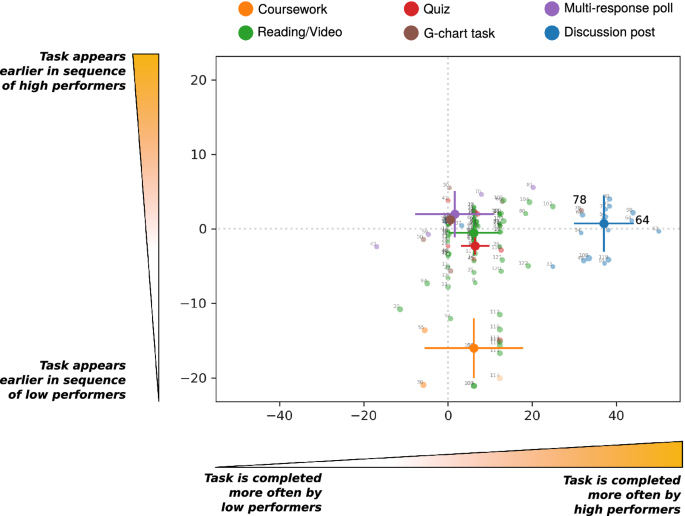
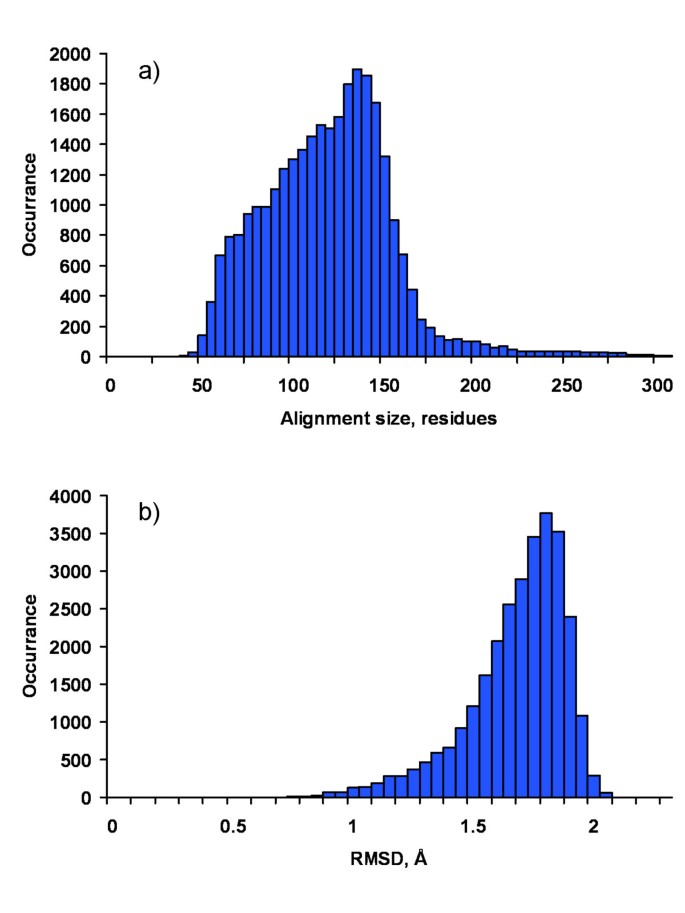
Posting Komentar untuk "Line Charts Are Best Suited For Representing Data That Follows Some Nonsequential Order."